Welcome to the Art History Vocabulary page! Here you will find a comprehensive list of terms related to the subject of art history. You can expect to find links to games, flashcards, and other resources to help you study and master the vocabulary related to this fascinating field of study. Whether you’re a student or an enthusiast, this page will provide you with the tools you need to expand your knowledge and understanding of art history terminology.
Art history is the study of visual art forms throughout history, analyzing their development, significance, and impact on society. Studying art history allows individuals to gain a deeper understanding of culture, politics, and aesthetics. By exploring different artistic movements and styles, students can develop critical thinking skills and a broader perspective on the world. From ancient cave paintings to contemporary installations, art history provides insight into the human experience and the evolution of creativity.
Practice & Reinforce Your Learning
Art History Vocabulary List
Ancient Art
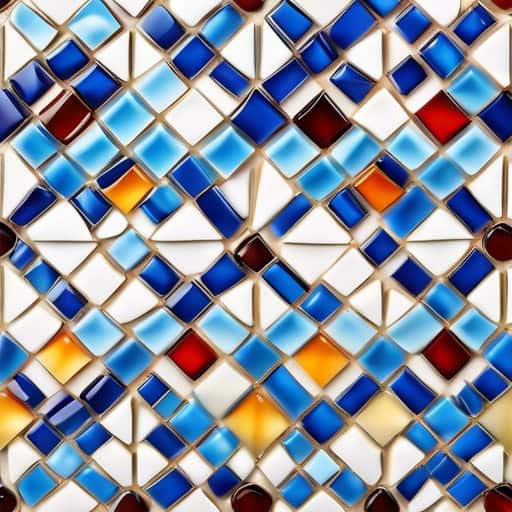
- The intricate mosaic on the wall depicted a scene from Greek mythology.
- The artist spent months carefully placing each tiny tile to create the stunning mosaic.
- The ancient Roman baths were adorned with beautiful mosaic floors that had survived for centuries.
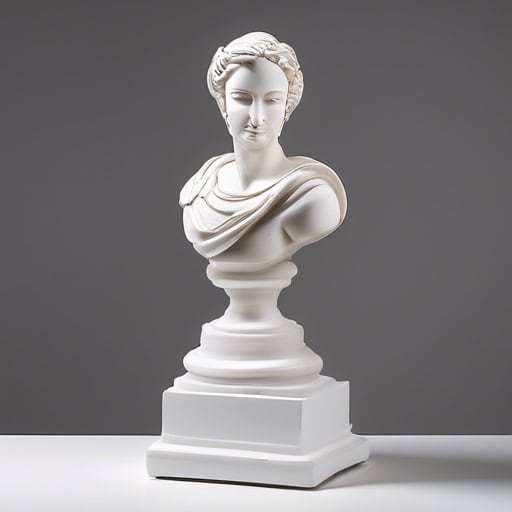
- The ancient Greek sculptures were known for their lifelike depiction of human forms. The artist spent hours meticulously chiseling away at the marble to create the perfect sculpture. Many ancient civilizations used sculpture to represent their gods and heroes in a grand and imposing manner.
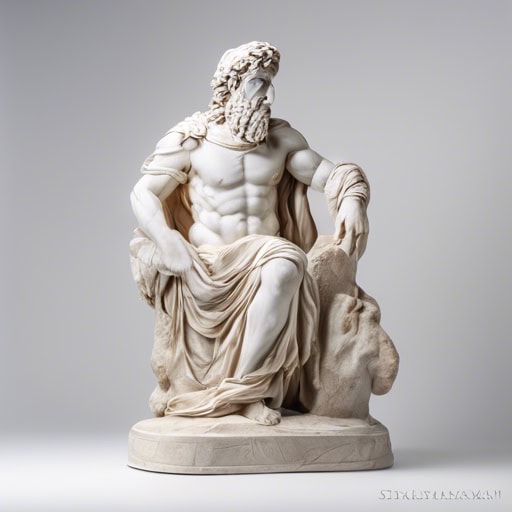
- The museum's collection of statuary from Ancient Greece is considered to be one of the finest in the world. The intricate details and lifelike poses of the statues are a testament to the skill of the ancient sculptors. Visitors are often struck by the beauty and realism of the statuary on display.
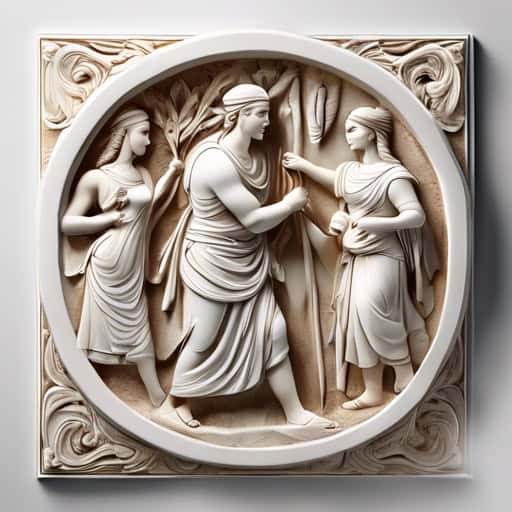
- The ancient temple walls were adorned with intricate bas-relief carvings depicting scenes from mythology.
- The artist skillfully captured the details of the figures in the bas-relief, giving them a lifelike appearance.
- Visitors marveled at the beauty of the bas-relief sculptures, admiring the depth and dimensionality they added to the artwork.
- The iconography of the ancient Egyptian hieroglyphs often depicted gods, pharaohs, and religious symbols.
- In Greek pottery, the iconography often included scenes from mythology and daily life.
- The iconography of medieval Christian art often included saints, angels, and biblical narratives.
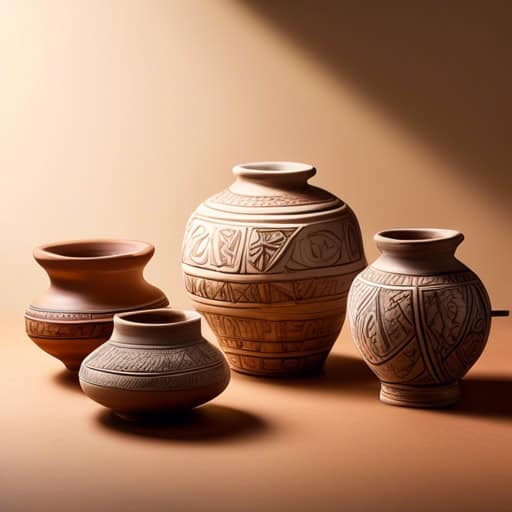
- The ancient civilization of Mesopotamia was known for its intricate pottery designs.
- Pottery was a highly valued art form in ancient Greece, with many pieces used in religious ceremonies.
- Archaeologists have uncovered numerous examples of pottery from ancient Egypt, revealing the skill and craftsmanship of the artisans.
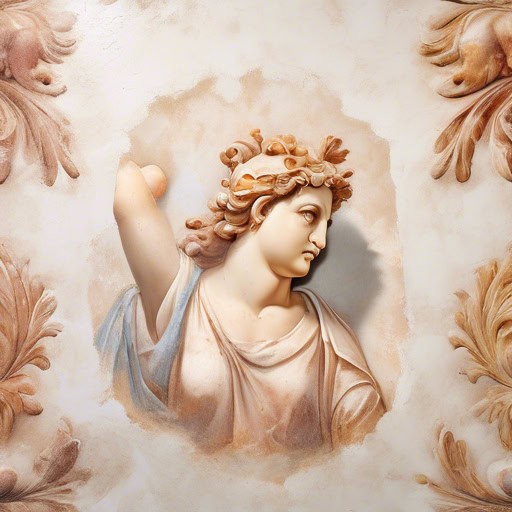
- The walls of the ancient temple were adorned with vibrant frescoes depicting scenes from Greek mythology.
- The artist spent months meticulously creating a stunning fresco on the ceiling of the cathedral.
- Visitors marveled at the intricate details and vivid colors of the fresco that covered the entire wall of the villa.
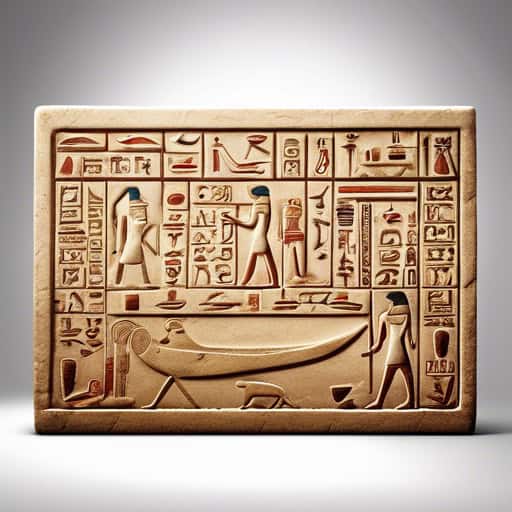
- The archaeologist studied the ancient hieroglyphics on the stone tablet, trying to decipher their meaning.
- The museum exhibit showcased a collection of intricate hieroglyphics carved into the walls of tombs.
- Students in the history class were fascinated by the intricate hieroglyphics found on the ancient papyrus scrolls.
Medieval Art
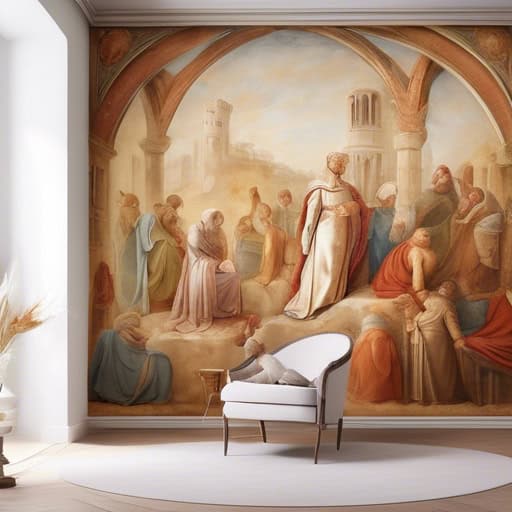
- The artist spent months working on the intricate fresco in the cathedral.
- The colors in the fresco have remained vibrant despite centuries of exposure.
- The fresco depicting the Last Supper is a masterpiece of Medieval art.
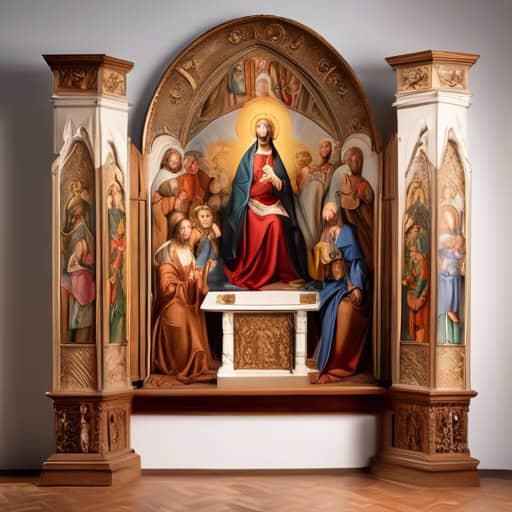
- The altarpiece in the cathedral depicted a beautiful scene of the Virgin Mary surrounded by angels.
- The altarpiece was created by a famous Renaissance artist and was considered a masterpiece of religious art.
- Visitors to the church were in awe of the altarpiece's intricate details and vibrant colors.
- Iconography plays a crucial role in understanding the religious significance of medieval artwork.
- The iconography of saints and biblical figures often varied between different regions and time periods.
- Art historians rely on the study of iconography to decipher the hidden meanings behind the symbols found in medieval paintings and sculptures.
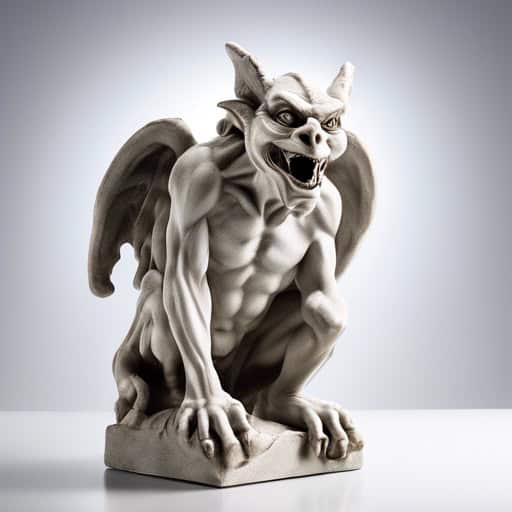
- The ancient cathedral was adorned with dozens of menacing gargoyles, each intricately carved and weather-worn.
- As the storm raged outside, the rainwater cascaded from the gargoyle's mouth, creating a mesmerizing spectacle below.
- Visitors to the historic castle marveled at the intricate details of the gargoyle perched on the roof, its eyes seeming to follow their every move.
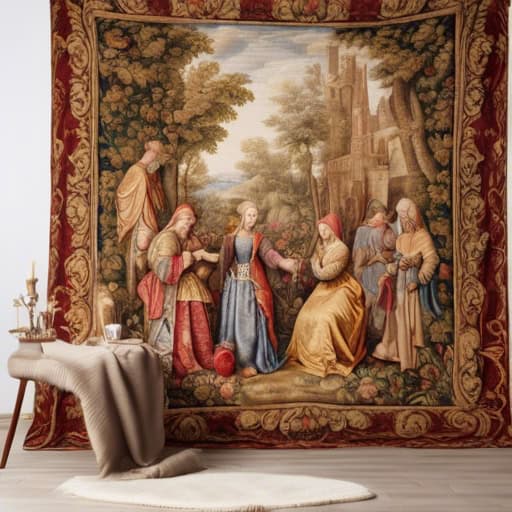
- The tapestry hanging in the grand hall of the castle was a masterpiece of craftsmanship, showcasing scenes from the Battle of Hastings.
- As I gazed at the intricate tapestry on the wall, I marveled at the skill and patience of the weavers who created it.
- The cathedral's tapestry told the story of the life of Saint Francis, with vibrant colors and detailed stitching bringing the scenes to life.
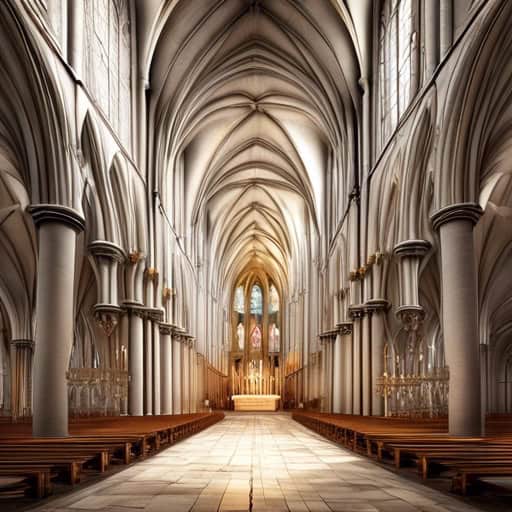
- The cathedral was a stunning example of Gothic architecture, with towering spires and intricate stained glass windows.
- She walked through the grand doors of the cathedral, feeling a sense of awe and reverence wash over her.
- The cathedral bells rang out, filling the air with a melodic and majestic sound that echoed through the city.

- The illuminated manuscript displayed at the museum was stunning, with its intricate gold leaf detailing and vibrant hues.
- Scholars dedicate years to studying the techniques and symbolism found within illuminated manuscripts from the Middle Ages.
- The monastery's library housed a collection of illuminated manuscripts that were carefully preserved and revered by the monks.
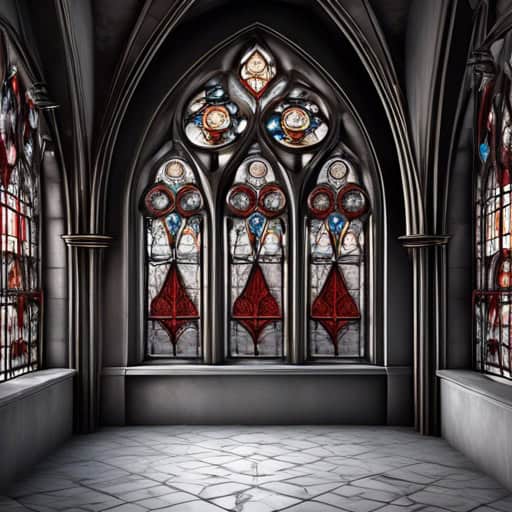
- The intricate stained glass windows in the cathedral showcased the beauty of Gothic art.
- The dark, brooding atmosphere of the abandoned castle gave off a distinctly Gothic vibe.
- The intricate carvings on the wooden doors were reminiscent of Gothic architecture.
Renaissance Art
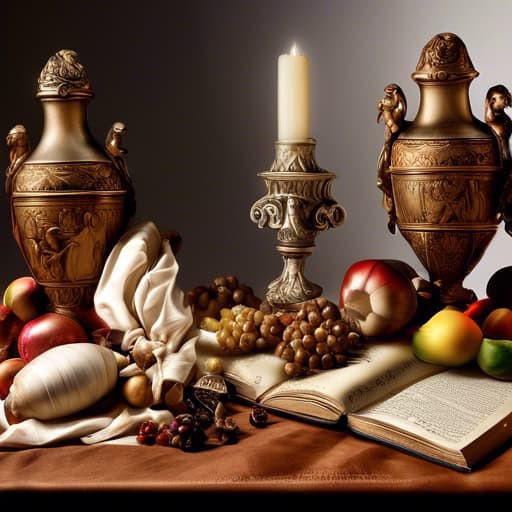
- During the Renaissance, artists like Leonardo da Vinci and Michelangelo created some of the most iconic works of art in history.
- The Renaissance period saw a renewed interest in classical learning and literature.
- The Renaissance was a time of great innovation and creativity in Europe.
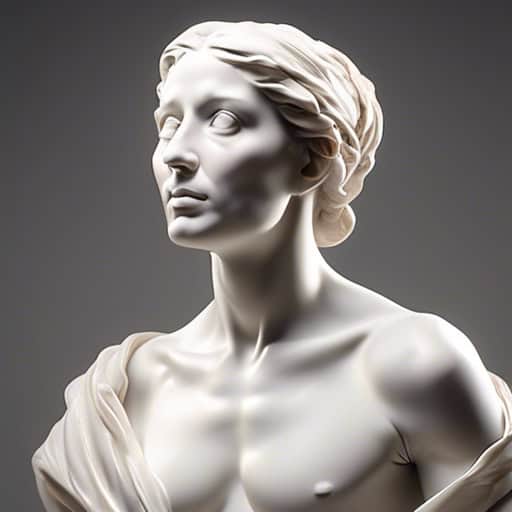
- The Renaissance artist Leonardo da Vinci was known for his humanism, as seen in his detailed and realistic portraits of individuals.
- Humanism in Renaissance art led to a greater focus on the individual and the celebration of human achievements, rather than solely religious or divine subjects.
- The humanistic ideals of the Renaissance period greatly influenced the development of art, literature, and philosophy during that time.

- His perspective on life changed after traveling to a new country and experiencing different cultures.
- The artist's unique perspective on the world was evident in his abstract paintings.
- She realized that everyone has their own perspective and it's important to consider others' points of view.
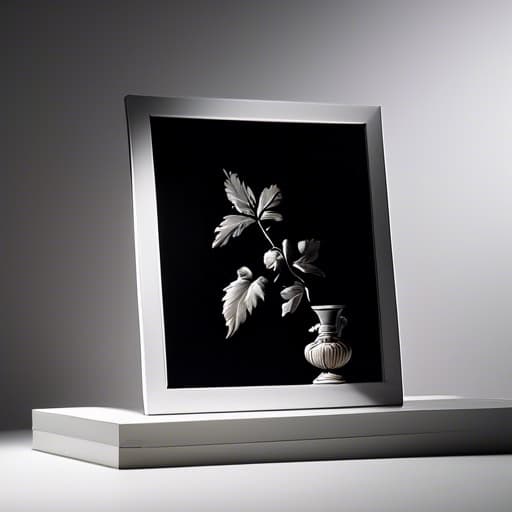
- The artist masterfully used chiaroscuro to create a sense of depth in the portrait.
- The painting's use of chiaroscuro added dramatic contrast to the scene.
- The Renaissance artist's skillful handling of chiaroscuro made the figures in the painting appear almost three-dimensional.
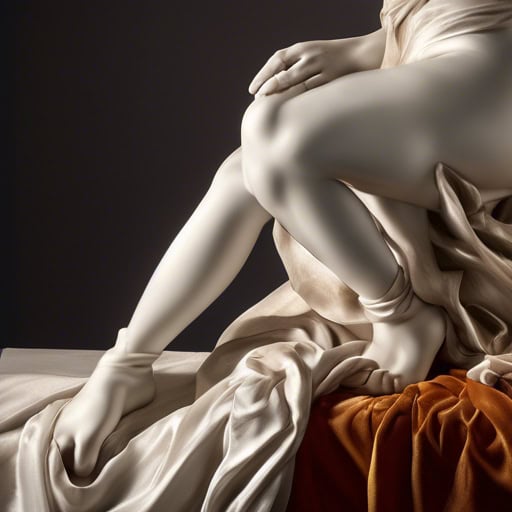
- Her painting displayed a unique blend of realism and mannerism, with elongated figures and dramatic gestures.
- The artist's exaggerated use of color and form was a clear nod to the mannerism movement of the 16th century.
- Although some critics dismissed his work as mere mannerism, others praised his innovative approach to composition.
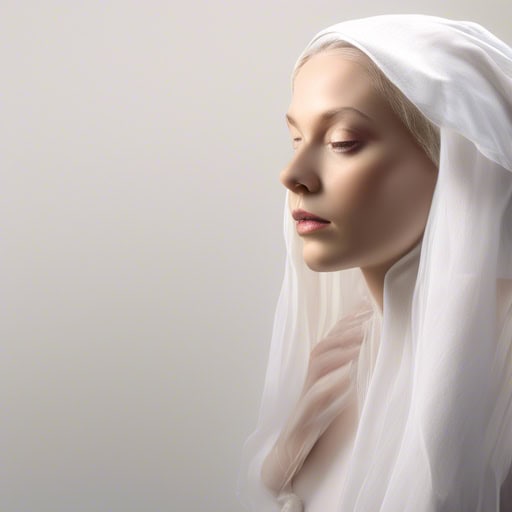
- Her painting exhibited a masterful use of sfumato, creating a sense of depth and mystery.
- The artist delicately blended the colors using the sfumato technique, resulting in a soft and ethereal quality to the portrait.
- Leonardo da Vinci's famous Mona Lisa is a prime example of the sfumato technique, with the subject's enigmatic smile and subtle transitions between colors.
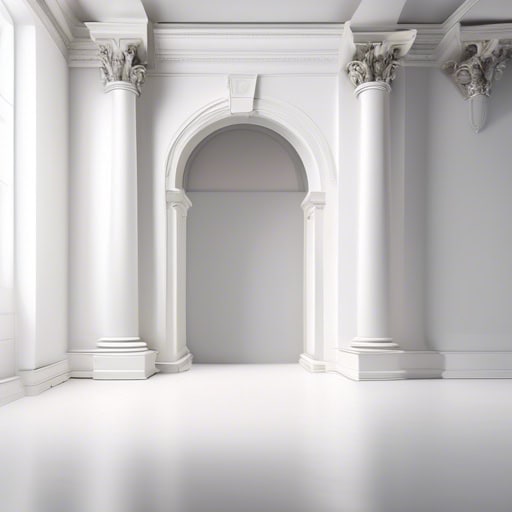
- The artists of the Renaissance period often drew inspiration from Classicism in their paintings and sculptures.
- Classicism was seen as a way to connect with the ideals of ancient civilizations and bring a sense of harmony and balance to their art.
- The use of classical motifs and proportions in Renaissance art reflected a desire to emulate the perfection of the classical world.
Baroque Art
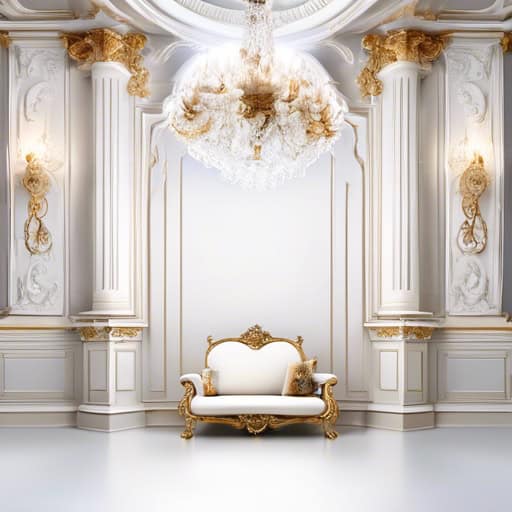
- The baroque palace was designed with such grandeur that it left visitors speechless.
- The artist captured the grandeur of the mountain landscape with intricate detail and bold colors.
- The church's interior was decorated with a sense of grandeur, featuring elaborate frescoes and gilded accents.
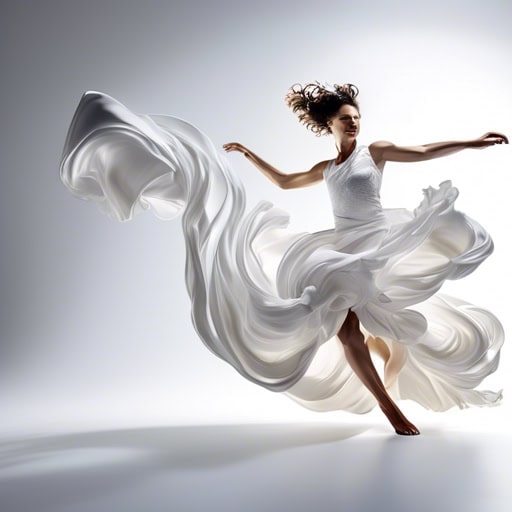
- The dynamic composition of the painting drew the viewer's eye towards the dramatic movement of the figures.
- The artist's use of dynamic colors and bold brushstrokes added a sense of energy and movement to the artwork.
- The Baroque period is known for its dynamic and theatrical style, which often depicted intense emotions and dramatic narratives.
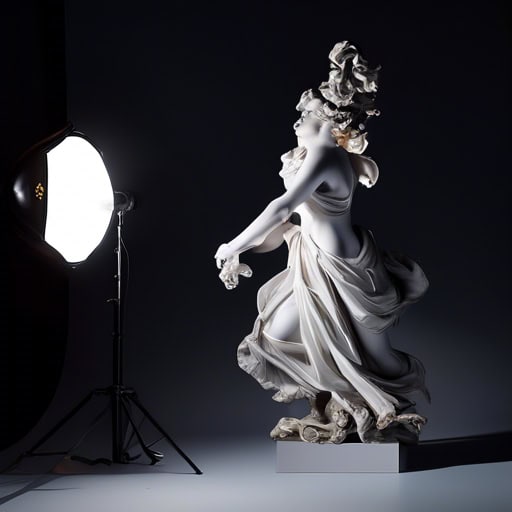
- The artist used tenebrism to create a striking composition, with the figures illuminated in a pool of light amidst a dark background.
- The tenebrism in the painting emphasized the intense emotions of the scene, casting deep shadows and highlighting certain features.
- Caravaggio was known for his masterful use of tenebrism, creating powerful and emotional works of art that captivated viewers.
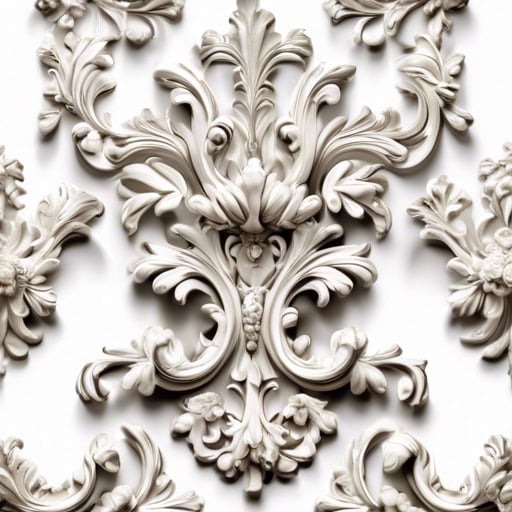
- The ornate frames surrounding the paintings in the Baroque art gallery added an extra layer of grandeur to the already stunning works.
- The cathedral's altar was a masterpiece of ornate carvings and gilded details, showcasing the opulence of the Baroque era.
- The ornate chandeliers hanging from the ceiling of the ballroom glittered in the soft glow of candlelight, creating a truly enchanting atmosphere.
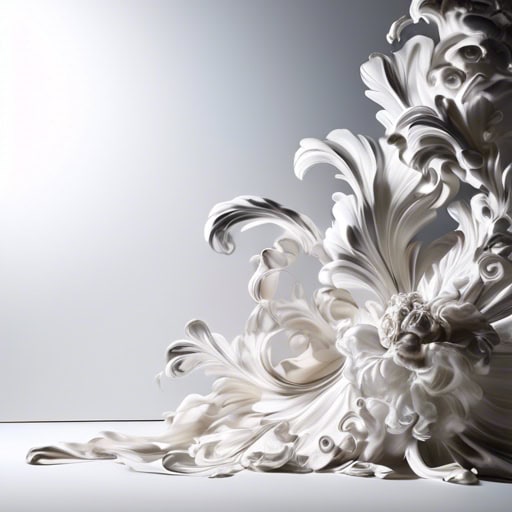
- The dramatic lighting in Caravaggio's paintings creates a powerful sense of depth and emotion.
- The dramatic poses of the figures in Bernini's sculptures capture intense moments of action and expression.
- The dramatic use of color and composition in Rembrandt's portraits conveys a sense of theatricality and emotion.
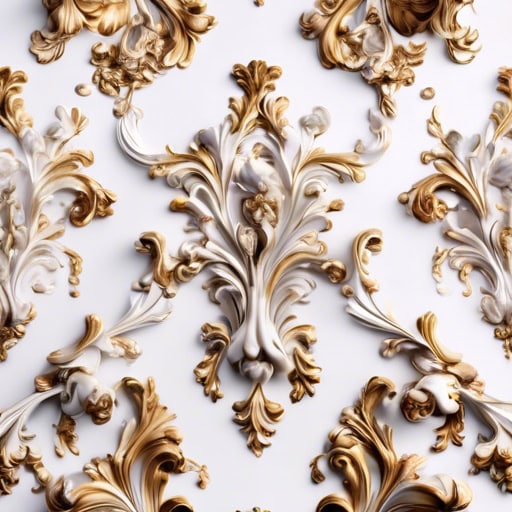
- The Baroque paintings in the museum were filled with rich colors and intricate details.
- The Baroque architecture of the cathedral featured elaborate sculptures and grandiose domes.
- The Baroque music played during the concert was characterized by its complex rhythms and emotional intensity.
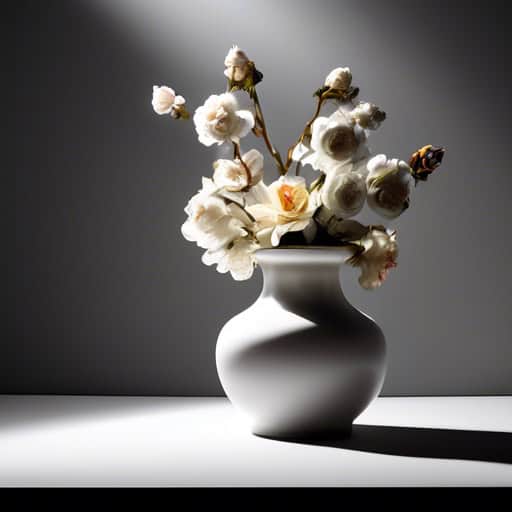
- The artist used chiaroscuro to create a sense of mystery and atmosphere in the painting.
- The dramatic chiaroscuro lighting in the portrait emphasized the subject's strong features.
- The chiaroscuro technique in the artwork added a sense of movement and depth to the composition.
Neoclassical Art
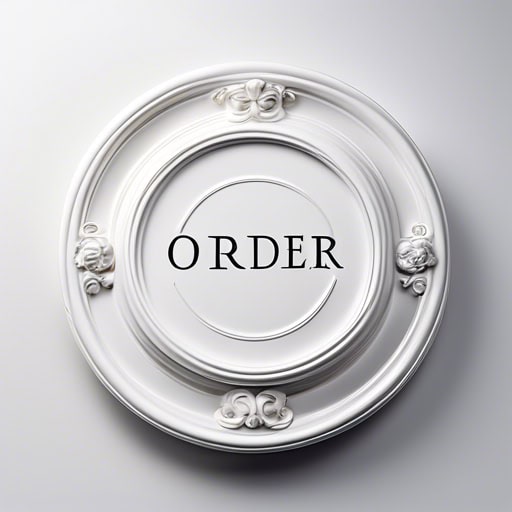
- The painter carefully arranged the figures in the painting in perfect order to create a sense of balance and harmony.
- The neoclassical artist paid close attention to the order of the elements in the composition, striving for a sense of clarity and symmetry.
- In neoclassical art, order is essential for creating a sense of unity and beauty in the overall composition.
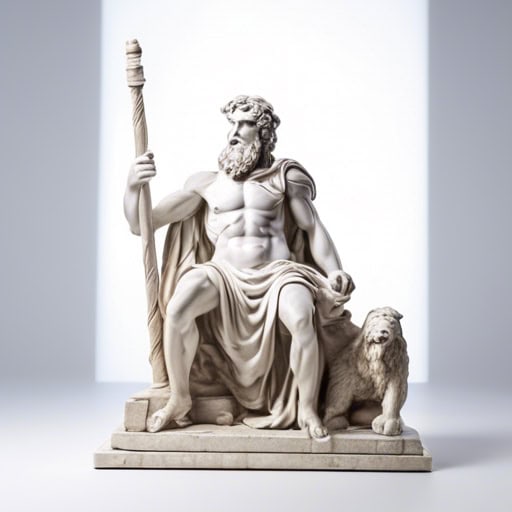
- The artist incorporated historical themes in his Neoclassical painting, depicting scenes from Greek mythology.
- The sculpture showcased at the museum explores historical themes, showcasing the virtues of ancient Roman leaders.
- Many Neoclassical artists were inspired by historical themes, aiming to evoke a sense of nobility and heroism in their work.
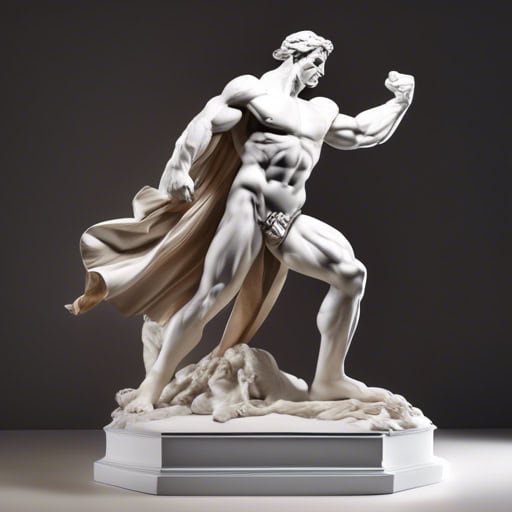
- The painting depicted a scene of heroism, with the brave warrior standing tall against a fierce dragon.
- The sculpture captured the essence of heroism, showing a figure of strength and courage in a moment of triumph.
- The artist's use of light and shadow emphasized the heroism of the central figure, creating a sense of awe and admiration in the viewer.
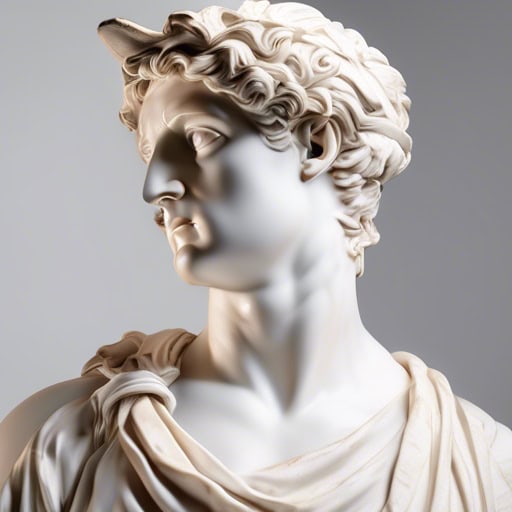
- The art of Classical Antiquity often depicted idealized human forms and mythological scenes.
- Many famous philosophers and thinkers emerged during Classical Antiquity, such as Socrates and Aristotle.
- The architecture of Classical Antiquity, with its columns and symmetry, continues to influence modern buildings.

- Her painting exhibited a perfect balance of colors and shapes, creating a serene and harmonious composition.
- The artist carefully adjusted the size and placement of each object in the still life to achieve a sense of balance.
- The neoclassical sculpture depicted a figure in a pose that exemplified balance and grace, reflecting the ideals of the time period.
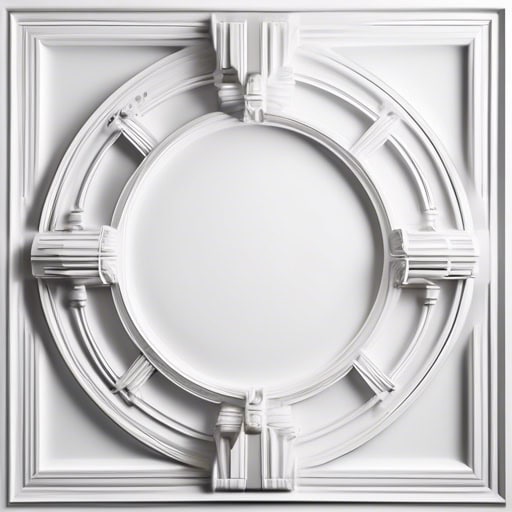
- The artist carefully depicted the symmetry of the columns in the neoclassical building.
- The painting displayed perfect symmetry in the arrangement of figures on each side of the composition.
- The sculpture exhibited a sense of harmony and balance through its use of symmetry in the design.
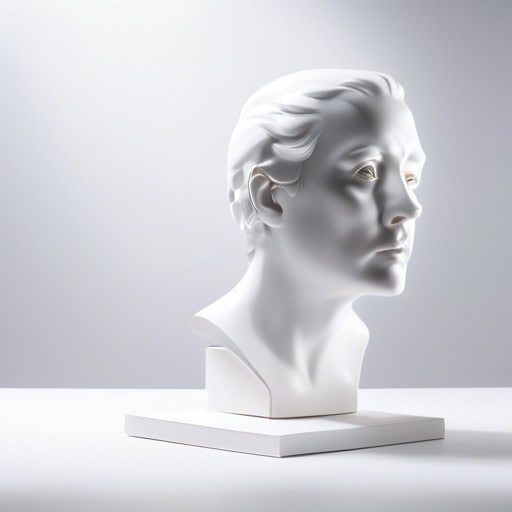
- Rationalism in Neoclassical Art is evident in the carefully planned and balanced compositions of artists like Jacques-Louis David.
- The emphasis on rationalism in the art of this period reflects a desire to emulate the classical ideals of ancient Greece and Rome.
- Neoclassical artists believed that rationalism was essential for creating art that was both beautiful and morally uplifting.
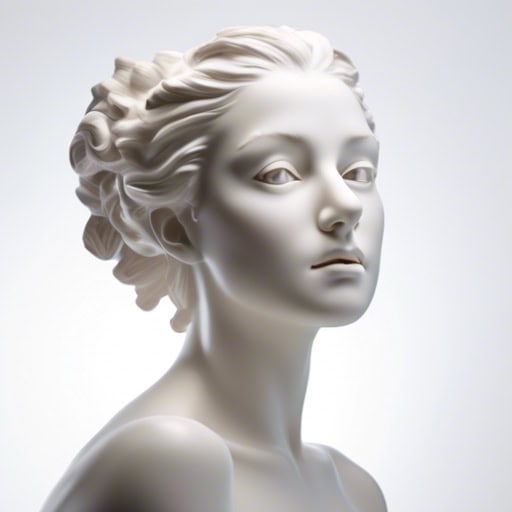
- The artist's idealization of the human form in his paintings captured the essence of classical beauty.
- Neoclassical sculptures often exhibit a sense of idealization, with their smooth, flawless surfaces and graceful proportions.
- The idealization of nature in neoclassical landscapes aimed to evoke a sense of tranquility and order.
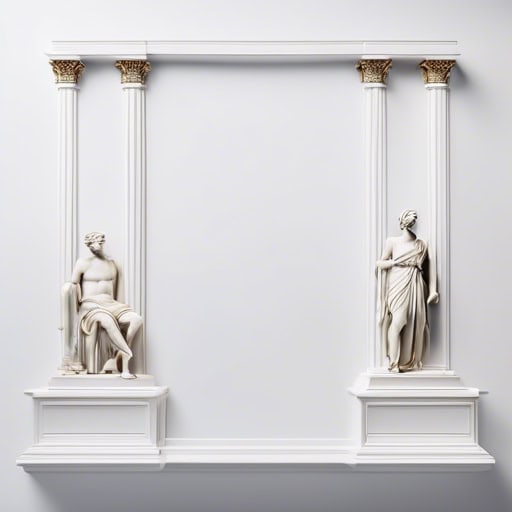
- The neoclassical art movement drew inspiration from ancient Greek and Roman art.
- Neoclassical art often focused on themes of heroism, patriotism, and virtue.
- Many famous artists such as Jacques-Louis David and Angelica Kauffman were prominent figures in the neoclassical art movement.
Romanticism
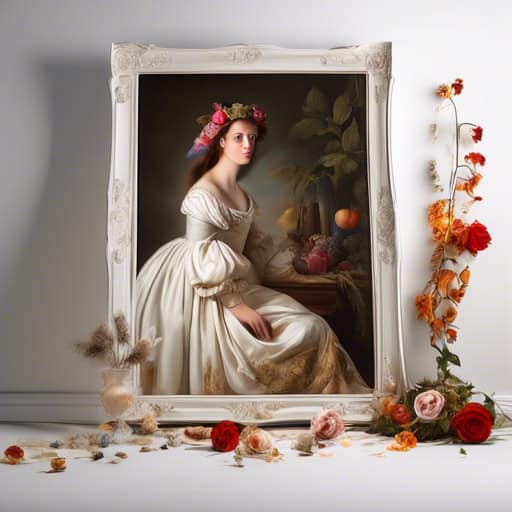
- Her imagination ran wild as she painted a vivid picture of a mystical forest filled with fairies and unicorns.
- The poet's words were filled with such imagination that they transported the reader to a dreamlike world of beauty and wonder.
- Through the lens of her imagination, she was able to see the ordinary world in a new and magical light.
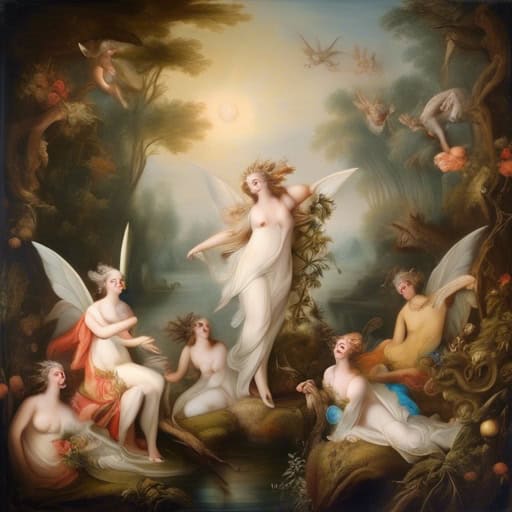
- The use of nature as a symbol of freedom and untamed beauty is a common theme in Romantic poetry.
- In "The Scarlet Letter," the scarlet letter itself serves as a powerful symbol of sin and redemption.
- The use of dark colors and twisted shapes in the painting was meant to convey a sense of despair and decay, making it a perfect example of symbolism in art.
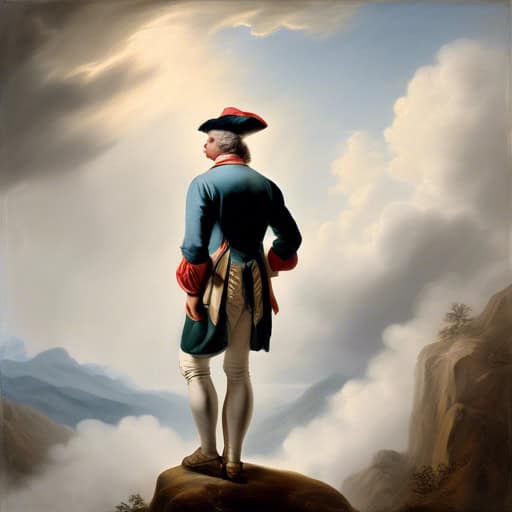
- The Romantic movement in art and literature celebrated individualism, encouraging artists to express their own feelings and experiences.
- Many Romantic poets, such as William Wordsworth and Lord Byron, focused on themes of individualism and personal expression in their works.
- The emphasis on individualism in Romanticism marked a departure from the strict conventions of Neoclassicism and emphasized the importance of personal freedom and creativity.
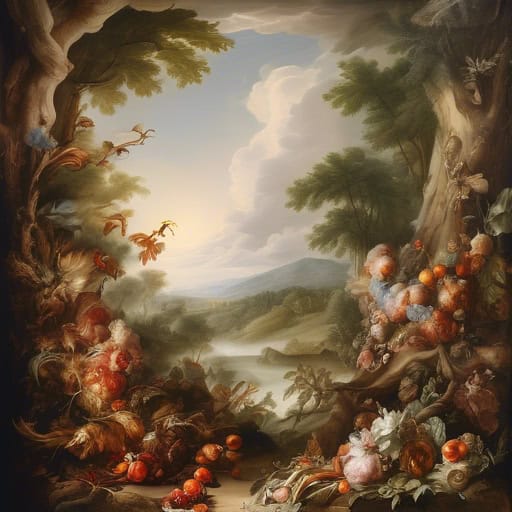
- The sunset over the mountains was a sublime sight, filling me with a sense of wonder and awe.
- As I stood on the edge of the cliff, the vastness of the ocean below me felt sublime, making me feel small in comparison to the natural world.
- The sound of the waterfall cascading down the rocks was truly sublime, stirring my soul with its power and beauty.
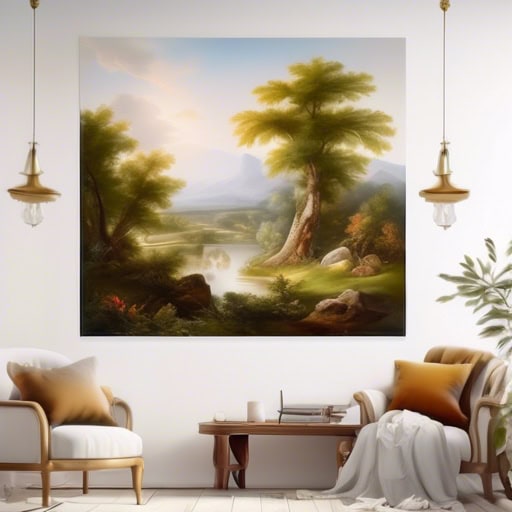
- The Romantic poets often wrote about the beauty of nature and its ability to evoke deep emotions within the human soul.
- In Romanticism, nature was seen as a powerful force that could both inspire and humble those who gazed upon its wonders.
- Many Romantic artists sought to capture the sublime power and beauty of nature in their paintings and poems.
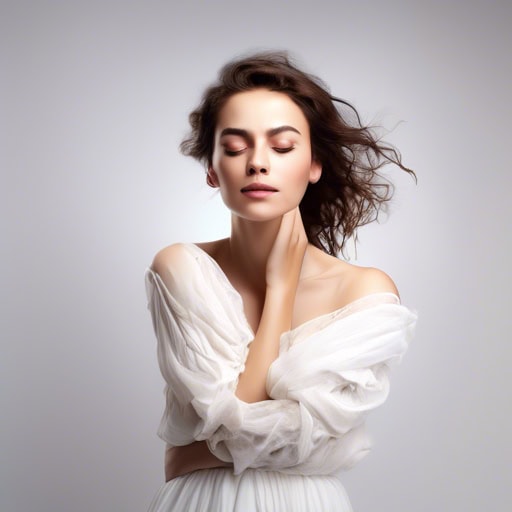
- Her eyes were filled with raw emotion as she poured her heart out to him.
- The artist's brush strokes conveyed a whirlwind of emotion, capturing the essence of love and longing.
- In Romantic literature, characters often grapple with powerful emotions, reflecting the tumultuous nature of the human experience.
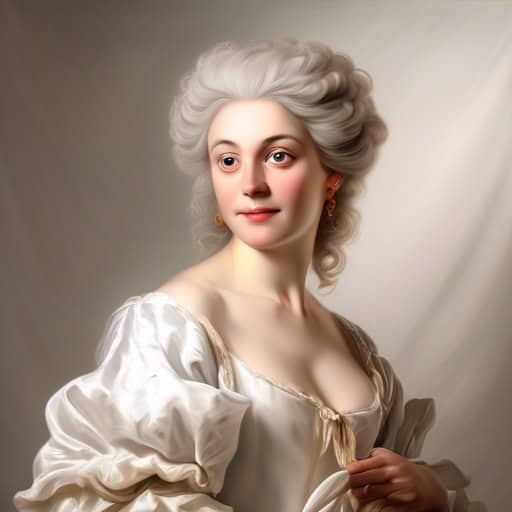
- The paintings of Caspar David Friedrich exemplify the ideals of Romanticism, with their focus on nature and emotion.
- Romanticism in literature often explored themes of individualism, the supernatural, and the sublime.
- The music of composers like Ludwig van Beethoven and Franz Schubert captured the spirit of Romanticism with its emotional depth and expressiveness.
Modern Art
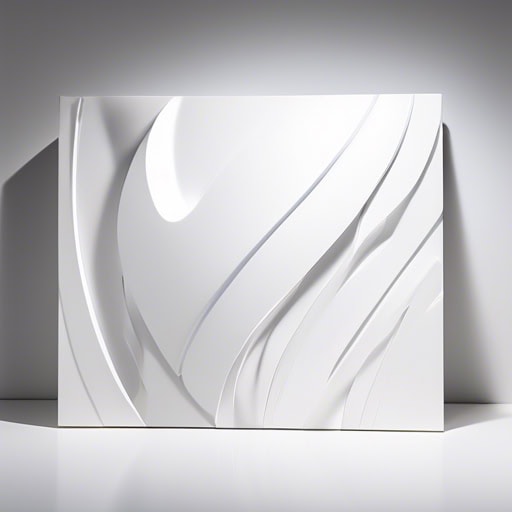
- The artist's abstract paintings were filled with vibrant colors and bold shapes.
- She found inspiration in the abstract beauty of nature, incorporating organic forms into her artwork.
- The museum featured an exhibit showcasing a diverse range of abstract sculptures and installations.

- The museum features a diverse collection of contemporary paintings, sculptures, and installations.
- I enjoy attending contemporary dance performances that push the boundaries of traditional movement.
- Her fashion sense is very contemporary, always on trend with the latest styles and designs.
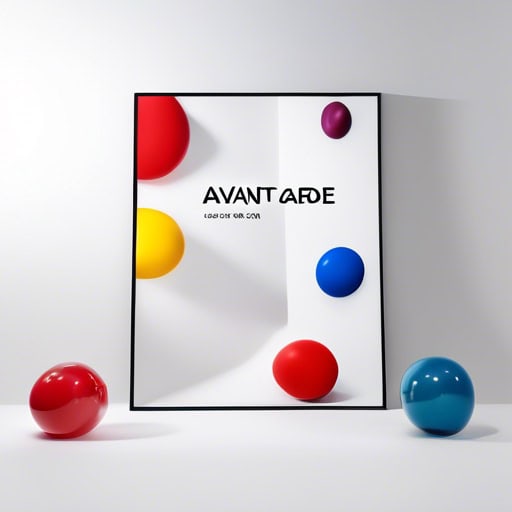
- The avant-garde artist's unconventional approach to painting left viewers both intrigued and perplexed.
- She was known for her avant-garde fashion sense, always wearing bold and daring outfits that pushed the boundaries of style.
- The avant-garde filmmaker's latest project was met with both acclaim and criticism for its bold and experimental storytelling techniques.
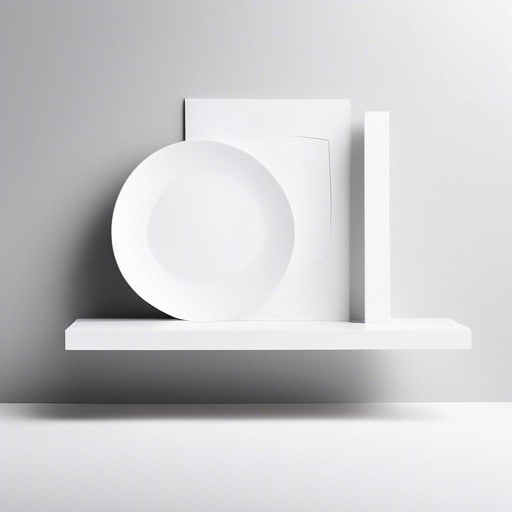
- The minimalist painting hanging in the gallery was comprised of only three colors and simple shapes.
- She decorated her living room in a minimalist style, with clean lines and a neutral color palette.
- The minimalist design of the new phone focused on functionality over unnecessary features.
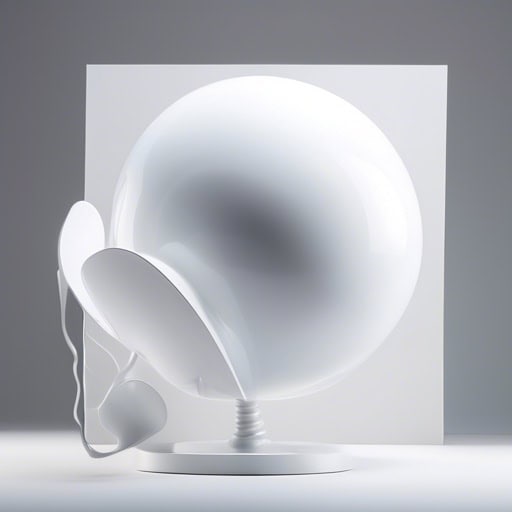
- The painting displayed at the museum was a beautiful example of Surrealism, with its dreamlike imagery and fantastical elements.
- She felt like she was living in a world of Surrealism when she walked through the foggy forest filled with strange creatures and twisted trees.
- The Surrealist artist was known for creating bizarre and otherworldly paintings that challenged traditional notions of reality.
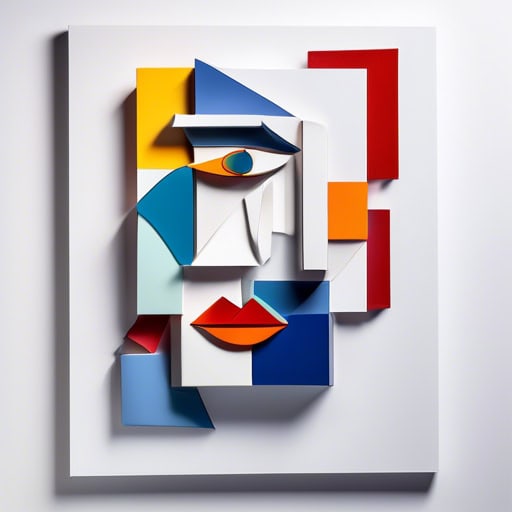
- Pablo Picasso is known for co-founding the Cubist movement with Georges Braque.
- Cubism challenged traditional perspectives and representation in art.
- The use of bold colors and abstract shapes is a hallmark of Cubism.
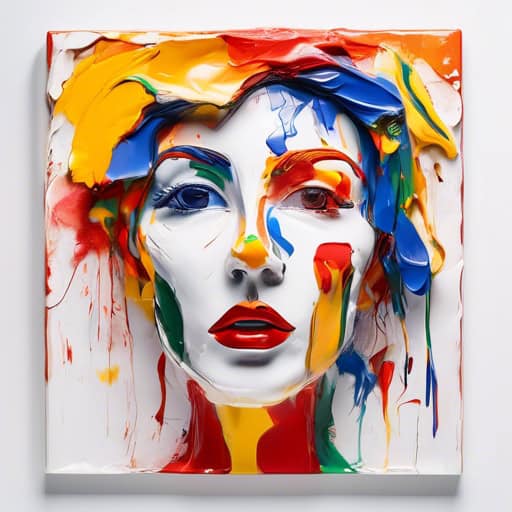
- His paintings were a perfect example of expressionism, with bold colors and exaggerated features that conveyed intense emotion.
- The play was a beautiful blend of expressionism and surrealism, creating a dreamlike atmosphere that captivated the audience.
- The artist's use of expressionism in her sculptures brought a raw energy to the pieces, making them truly unforgettable.
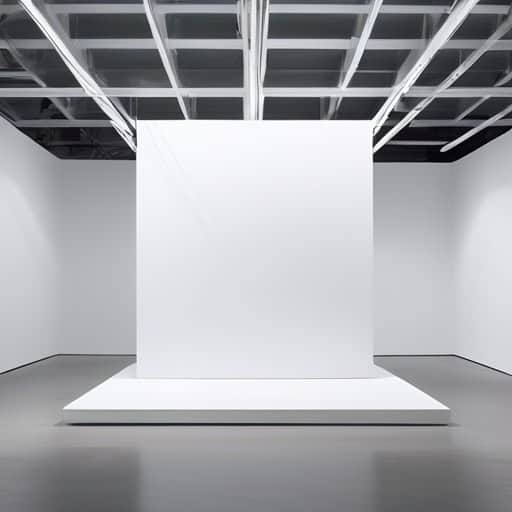
- The artist spent weeks preparing for the installation in the gallery.
- Visitors were captivated by the immersive experience of the large-scale installation.
- The intricate details of the installation were meticulously crafted by hand.
Quick Facts
- Art history is the study of visual art forms throughout history, including painting, sculpture, architecture, and decorative arts.
- The oldest known cave paintings date back over 40,000 years, making them some of the earliest forms of artistic expression.
- The Renaissance period in Europe (14th-17th centuries) saw a revival of interest in ancient Greek and Roman art, leading to a new focus on humanism and realism in art.
- The Impressionist movement in the late 19th century sought to capture the fleeting effects of light and atmosphere in their paintings, breaking away from traditional techniques and subject matter.
- Art historians use a variety of methods to analyze and interpret artworks, including stylistic analysis, iconography, and socio-political context.
